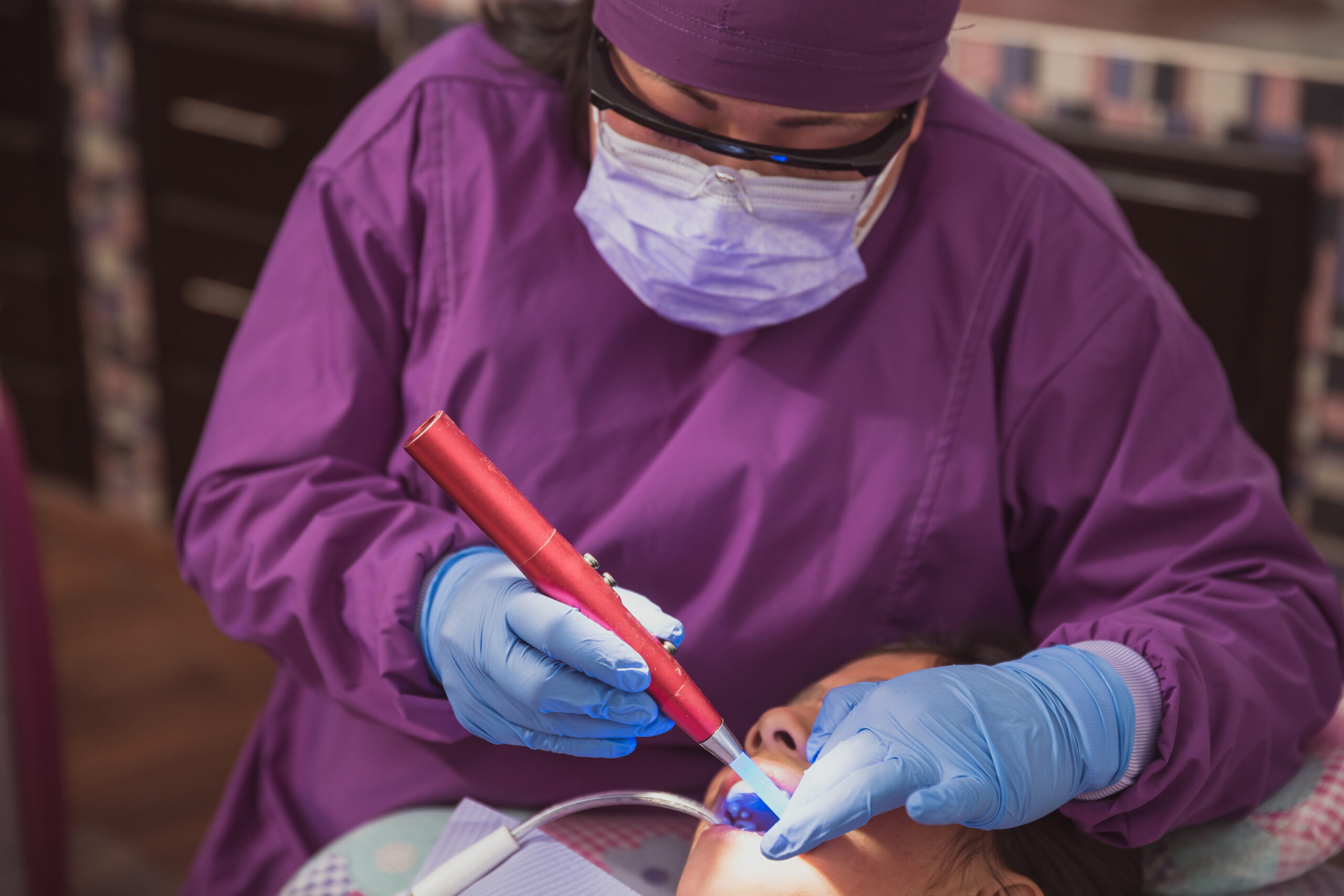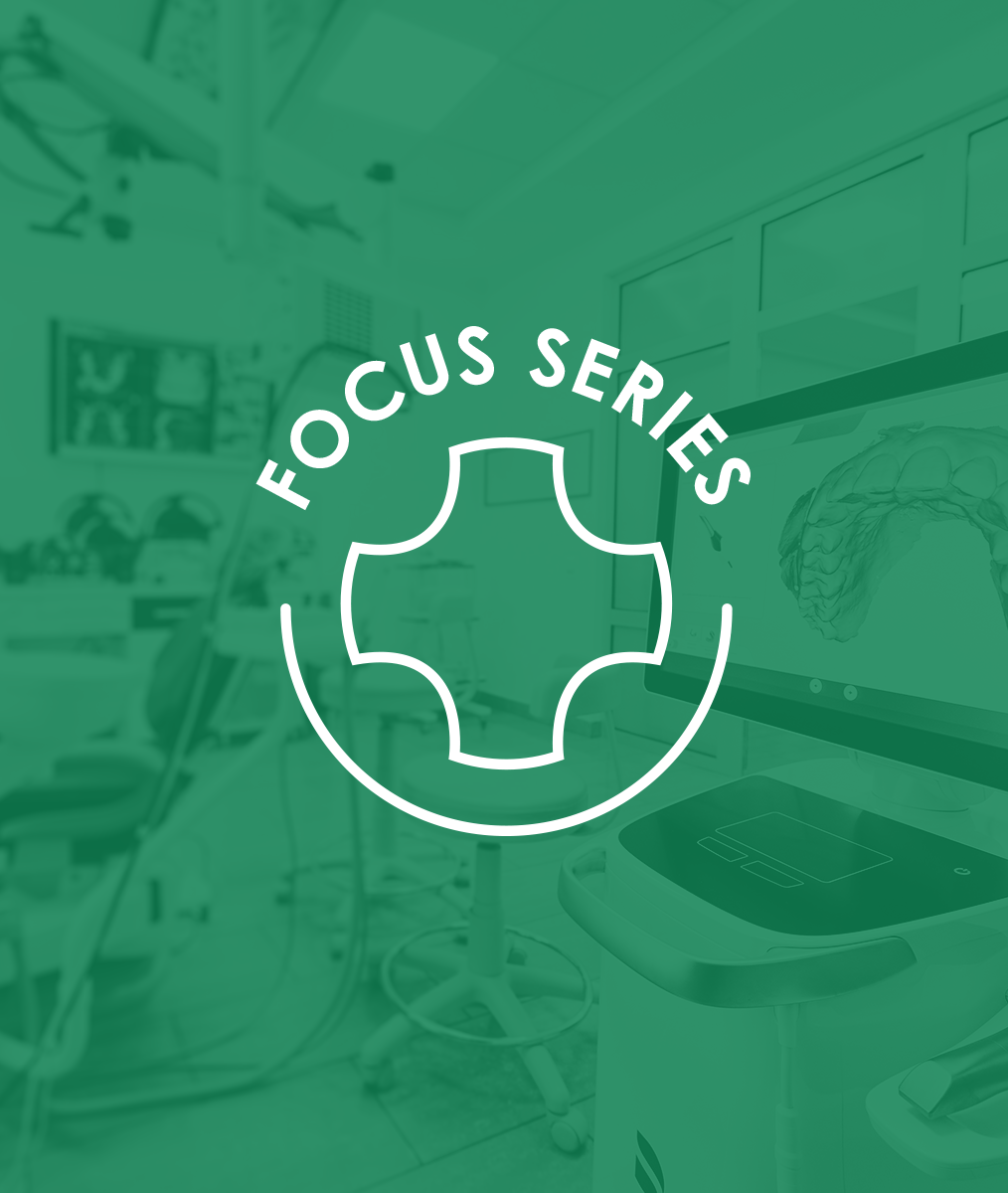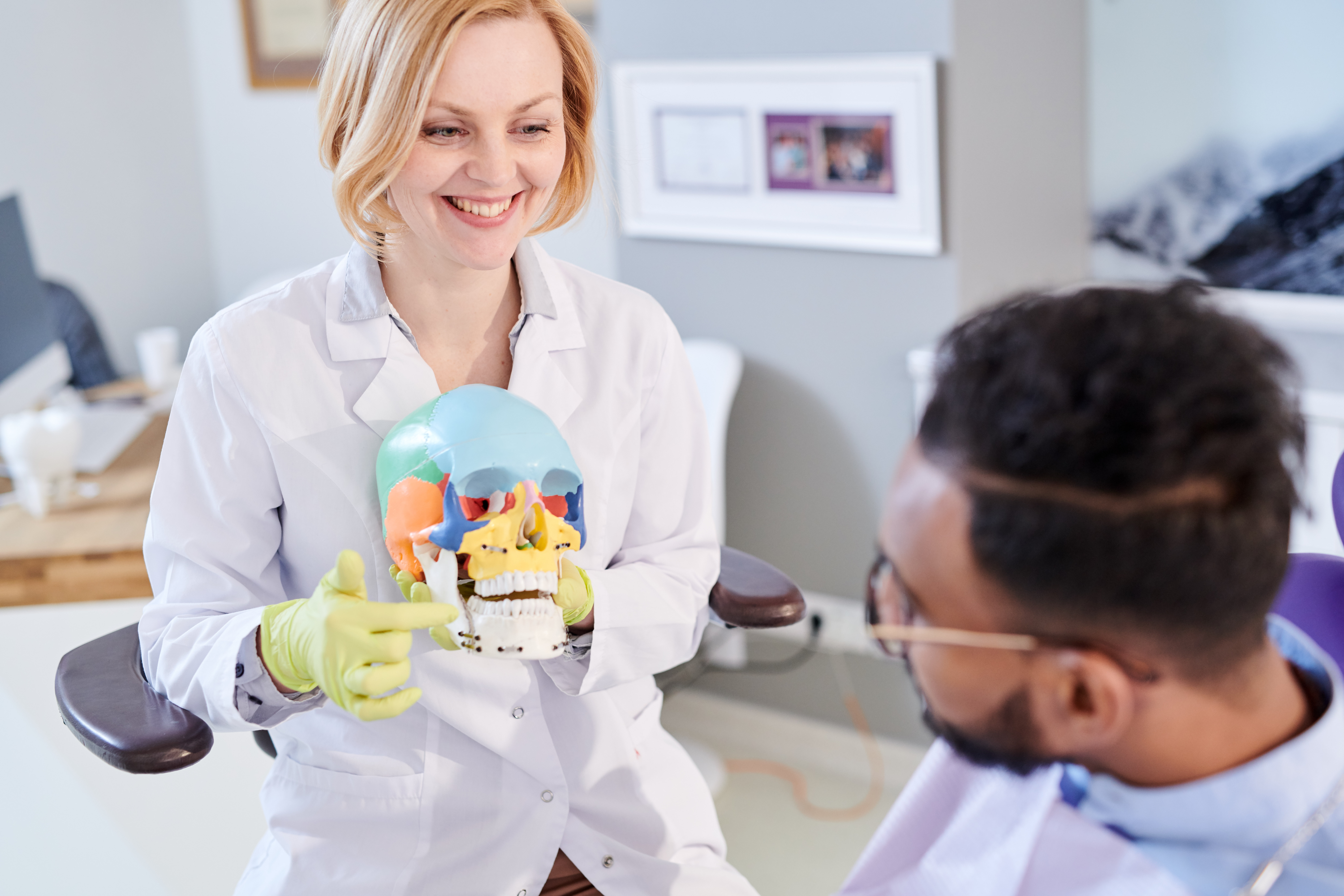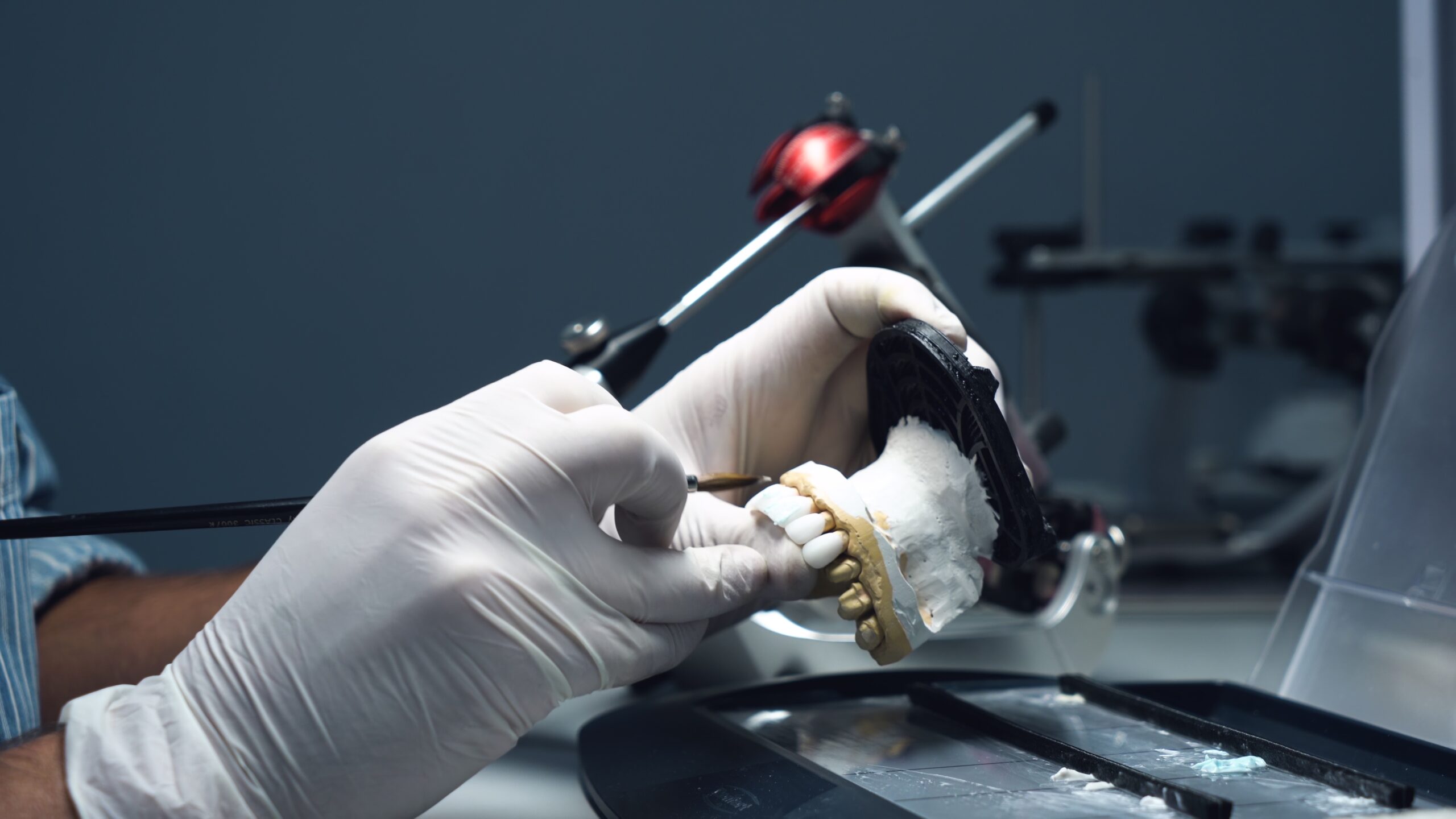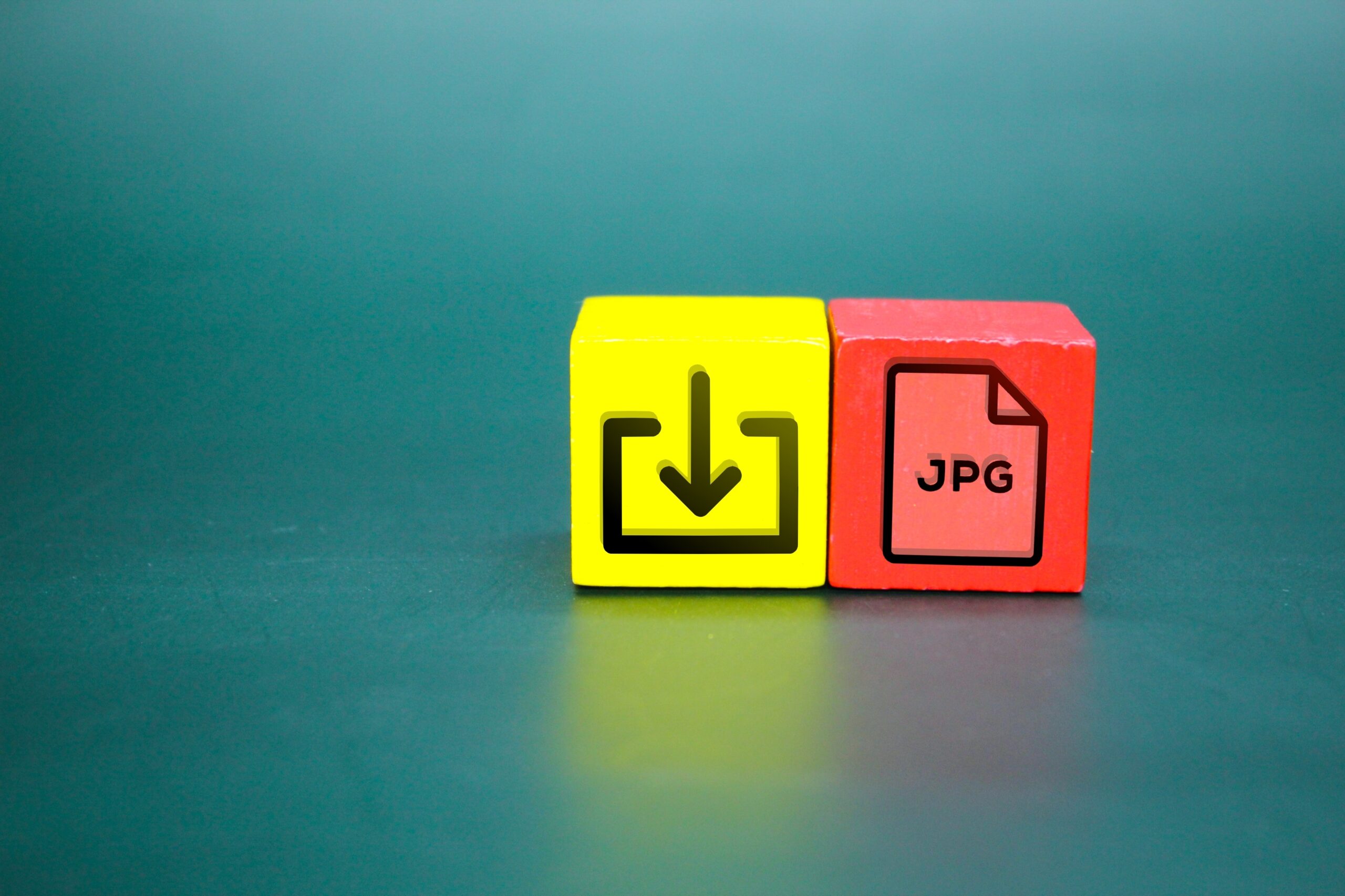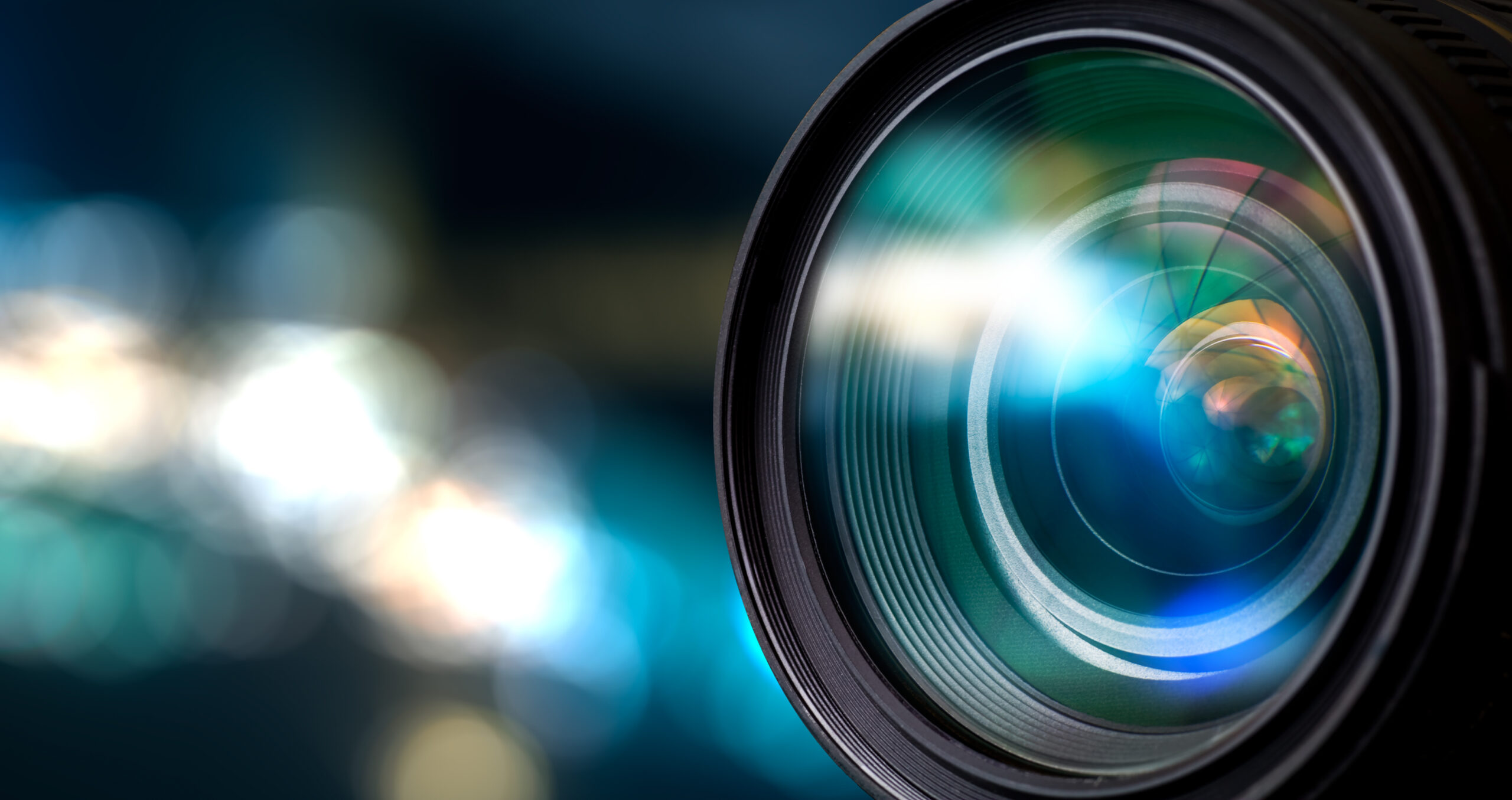State-of-the-Art Hygiene Therapy
By Stephen K. Malone, DMD and Michael Costa, DDS, MHS
We all know that the instrumentation options for dental hygiene services have come a long way since the first dental hygienist scaled teeth in 1906. Early in the 20th century, the only technology a hygienist had was a set of sharp metal instruments and a spinning brush of gritty pumice. In the 1950s, ultrasonic technology was invented which helped disrupt calculus, but hygienists still had to follow up with scalers and polishers. Similarly, since the days of first scientific articles regarding oral micro-organisms in the 1870’s, our knowledge has increased exponentially regarding the role of oral biofilm not only in oral diseases, but whole-body health.
In 2021 our office staff attended continuing education courses with legendary periodontist, Dr. Sam Low. Dr. Low introduced our practice to new technology that would help elevate our hygiene practice by improving biofilm removal, increasing patient ownership of personal oral hygiene practices, decreasing damage to root surfaces and restorations, and providing a gentler patient experience.
The instrumentation is provided though a unit called a Prophylaxis Master – which is a combination of two different treatment modalities. The hygienist first uses the Airflow unit to remove soft biofilm and young calculus. The airflow handpiece delivers a combination of water, air and fine erythritol powder to lift and suction away the biofilm as well as stains. Once the biofilm, young calculus and surface stains are removed, the hygienist moves to the integrated Piezo scaler to gently emulsify the remaining calculus. There are several different tips for both units to access deep pockets and implant surfaces safely.
Scientific research has demonstrated this system is the gentlest and most efficient way to eliminate bacteria around cosmetic work and titanium implants, on enamel and root surfaces, and even on soft tissues.
The GBT Protocol
To get the most out of our investment, we implemented the “GBT” protocol, which is recommended by EMS, the company that manufactures the Prophylaxis Master. The 8-step GBT protocol is as follows:
- Assess the teeth, gingiva, periodontal tissues, and any implants and peri-implant tissues.
- Use disclosing solution to identify areas of biofilm accumulation. The color will also guide the hygienist to remove the biofilm with Airflow handpiece, after which calculus is easier to detect.
- Show the patient the colored biofilm to raise awareness. Spend time educating the patient and emphasizing the importance of prevention.
- Removal of biofilm, early calculus and stains with the Airflow. Airflow Plus powder is safe to use on teeth, root surfaces, gums, tongue, and palate. It can also be used to clean dental implants, restorations, orthodontic appliances, and clear aligners.
- Use Airflow Plus powder with the Perioflow® nozzle to remove biofilm in >4 to 9mm pockets, root furcations, and on implants.
- Remove the remaining calculus, using the minimally invasive EMS PIEZON® PS instrument supra and subgingivally in up to 10mm pockets and clean >10mm pockets with a mini curette. Use the EMS PIEZON® PI MAX instrument around implants up to 3mm subgingivally and on restorations.
- After checking to make sure all biofilm and calculus has been removed, diagnosing for caries, and applying fluoride for a fresh and smooth feeling.
- Schedule the patient’s recall visit based on risk assessment.
What Our Patients Love About It
- Patients trust the thoroughness of the therapy because they can see the disclosed biofilm before it is removed and its absence after it is removed.
- The therapy is more comfortable than traditional methods. The water is warmed, and there is minimal root surface sensitivity compared to traditional hand and ultrasonic instrumentation.
- This technology gently reaches into places where traditional instruments couldn’t remove stains and tartar.
- The education patients receive from our hygienists highlights the value of the therapy.
- We have found that this is a superior stain and calculus removing technology.
- The erythritol powder that is mixed with warm water is pleasant tasting.
What Our Hygienists Love About It
- Less hand instrumentation means less body fatigue.
- There is superior stain removal and visual evidence that the biofilm is completely removed.
- Patients don’t complain about sensitivity or “poking.”
What Doctors Love About It
- Patients are happier.
- Hygienists are happier.
- It eliminates patient complaints about hygienists who are either “too aggressive” or “not aggressive enough” with instrumentation.
- It prevents damage to cosmetic and implant restorations, as well as root and enamel surfaces.
Note: We are not paid to promote EMS or Guided Biofilm Therapy. We honestly think this is the best way we can efficiently, comfortably, and thoroughly provide the comprehensive care our patients deserve—and we thought we should share our great experience
Related Course
Integrative Dental Medicine: Creating Healthier Patients & Practices
DATE: June 27 2025 @ 8:00 am - June 28 2025 @ 4:00 pmLocation: The Pankey Institute
CE HOURS: 16
Regular Tuition: $ 2995
Single Occupancy with Ensuite Private Bath (per night): $ 345
We face a severe health crisis, that is a much larger pandemic than Covid-19! Our western lifestyle affects periodontal & periapical oral disease, vascular disease, breathing disordered sleep, GERD, dental…
Learn More>
